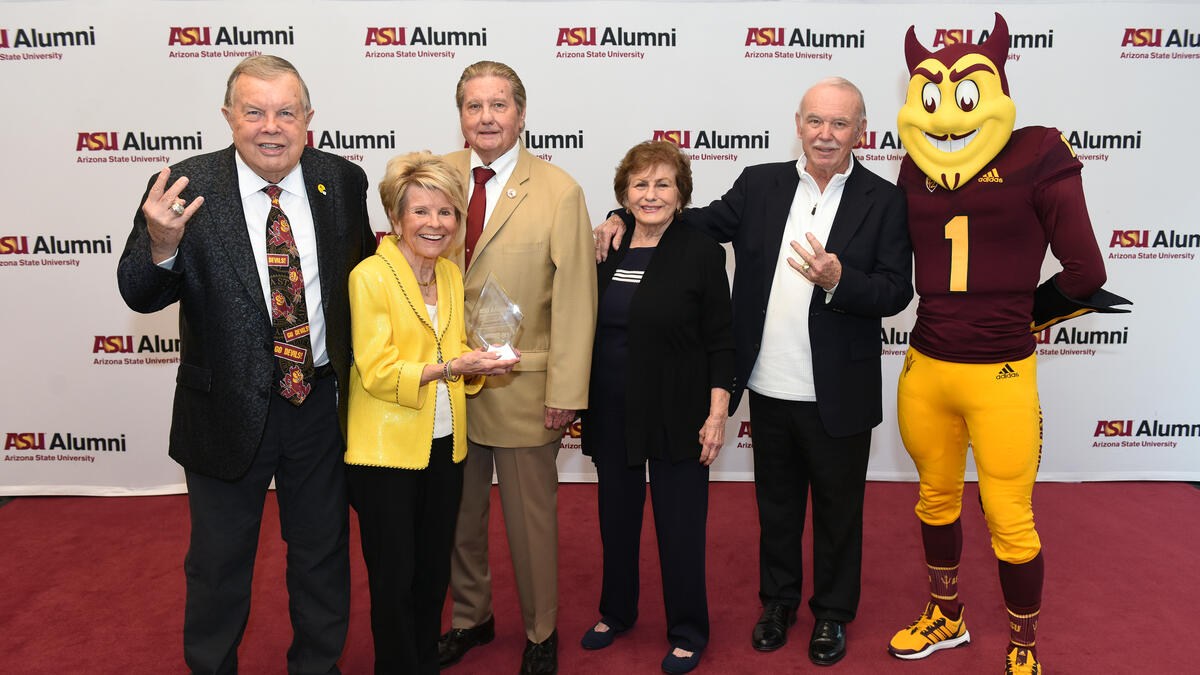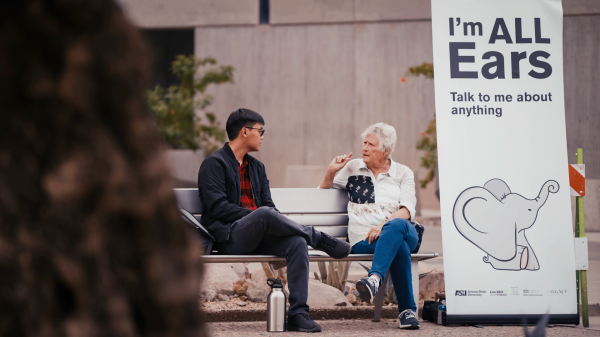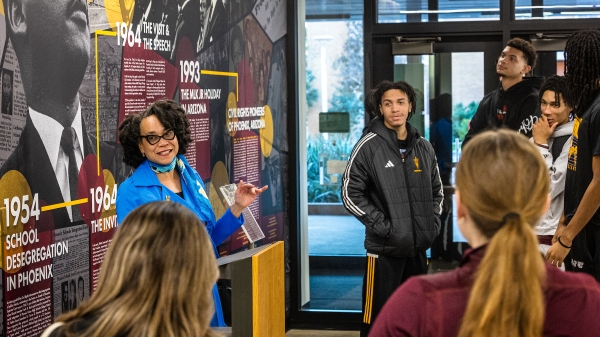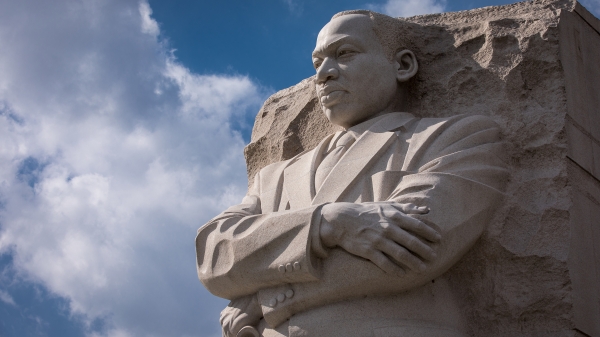Celebrating 40 years of positive impact

From left: Bob and Karen Hobbs, Bob Bulla, Barbara and Nap Lawrence. Photo courtesy ASU Enterprise Partners
In 1984, the ASU President’s Club was established by then-ASU Foundation President Lonnie Ostrom and then-ASU President J. Russell Nelson, alongside a handful of dedicated community members, to accelerate change and empower solutions to advance Arizona State University. Since then, 1,836 supporters have dedicated significant time and resources, contributing more than $1 billion to support ASU.
After being named Philanthropists of the Year by the ASU Alumni Association in February, the club is celebrating its 40th anniversary this June by taking time to reflect on the impact its supporters have made.
"The ASU Charter calls upon us to assume fundamental responsibility for the economic, cultural and overall health of the communities we serve, and the needs in a diverse state growing as quickly as Arizona require the work of all of us committed to the university," said ASU President Michael Crow. "The President's Club members and the resources and energy they provide are critical to the university's efforts to be more deeply engaged in issues that touch people's lives, which is what we are here to do."
President’s Club has assisted in shaping ASU’s current educational landscape by providing funding for recent projects such as the Biodesign Institute, the ASU California Center and SolarSPELL, to name just a few from a list of significant contributions.
The Mayo Clinic and Arizona State University Alliance for Health Care, a partnership with Tecnologico de Monterrey and ASU’s expanded presence in Hawaiʻi, California and Europe have been made possible or accelerated by President’s Club support as well.
As the organization continues to grow in scale and ambition, its main goal to advance ASU’s charter in unique ways will not change. President’s Club is focused on accelerating research and development across multiple sectors, including sustainability, health care and engineering.
“Originally, the idea of President’s Club started as an opportunity to put ASU’s president in a position to utilize funds for the positive impact of the university at his discretion,” said Nap Lawrence, a founding member of President’s Club. “Every gift that comes through President’s Club is appreciated, regardless of the amount. We want to watch the organization’s growth and see how it can positively impact the university over time.”
President's Club and ASU have a shared belief that more can be done to advance ASU’s charter and solve global challenges. Both are always seeking to find new growth opportunities, which is reflected in how the resources generated are utilized.
"We live in a time of rapid change that both tests us and creates incredible new opportunities to have impact," Crow said. "The more we engage, the more we learn and the better equipped we are to put those lessons to work in places near and far that will improve conditions for all, and the President's Club is an important resource in making these advances."
The early days of President’s Club
In the early stages of developing what would become President’s Club, Ostrom approached Bob and Karen Hobbs with the prospect of establishing a club that would grant the university the flexibility to respond to urgent and emerging initiatives.
The Hobbs, Lawrence and his wife, Barbara, Bob and Carol Bulla, and Frank and June Sackton were among the club's founding supporters. Together, they began a tradition of enthusiasm and support that has built momentum through the tenures of three ASU presidents.
A year after the club was inaugurated, the group saw rapid growth. By then, the first of the club's many accomplishments had been achieved when it helped Nelson establish the ASU Research Park in Tempe.
“Being able to look back at where the club was when we started it and how much it has changed in the past 40 years is incredible,” said Karen Hobbs, ASU alumna and avid university supporter. “Everything, from the number of individuals devoted to supporting ASU to its impact on our ongoing projects, has grown immensely.”
By 1990, Lattie F. Coor was named president of ASU and the club had more than doubled in size, with 77 supporters. A year later, the club established the President’s Club Scholarship endowment, providing scholarships to both undergraduate and graduate students based on financial need, academic success, community service, university involvement and achievement of goals. The scholarship continues to help students to this day.
"In the years I have been affiliated with ASU, I have seen how President Coor and President Crow have utilized the group’s support to aid different ventures the university tackled in pursuing its charter,” said Gretchen Buhlig, ASU Foundation CEO. “The contributions of the club supporters continue to assist in the vision of a New American University.”
Crow was named president of ASU in 2002 and set the course for establishing ASU as a New American University. During his tenure, the group of advocates has reached some significant milestones.
In 2007, the President’s Investment Fund reached $1 million in fundraising in a single year, and by 2014, the organization’s active supporters had grown to 300 people. The fund extends resources to help presidential initiatives by adding to the money raised by President’s Club.
Today, there are over 500 active President’s Club supporters who are eager to embrace and elevate the university and its charter. The organization has worked to attract younger supporters who want to get involved and give back to their alma mater.
"You can tell by the attitude that everyone within the organization is feeling very positive about the future," Lawrence said. “We encourage young people to get involved with President’s Club as much as they can.”
More Sun Devil community

ASU connects younger, older generations to ease loneliness
When Pencie Culiver sits down on a bench every Tuesday outside Coor Hall, the students are drawn to her and her big sign that says, “I’m All Ears.”She soothes their sorrows, delights in their joys…

Local athletes get crash course on Black history in Arizona
Basketball players from Arizona State University and the Valley Suns gathered on Jan. 6 to learn about Black history in Arizona and Martin Luther King Jr.’s visit to ASU's Tempe campus in 1964.The…

ASU names 2025 MLK Servant-Leadership Award recipients
The 2025 honorees have been named for Arizona State University's annual MLK celebration awards.The four awards — community, faculty, staff and student — recognize leaders who dedicate themselves to…